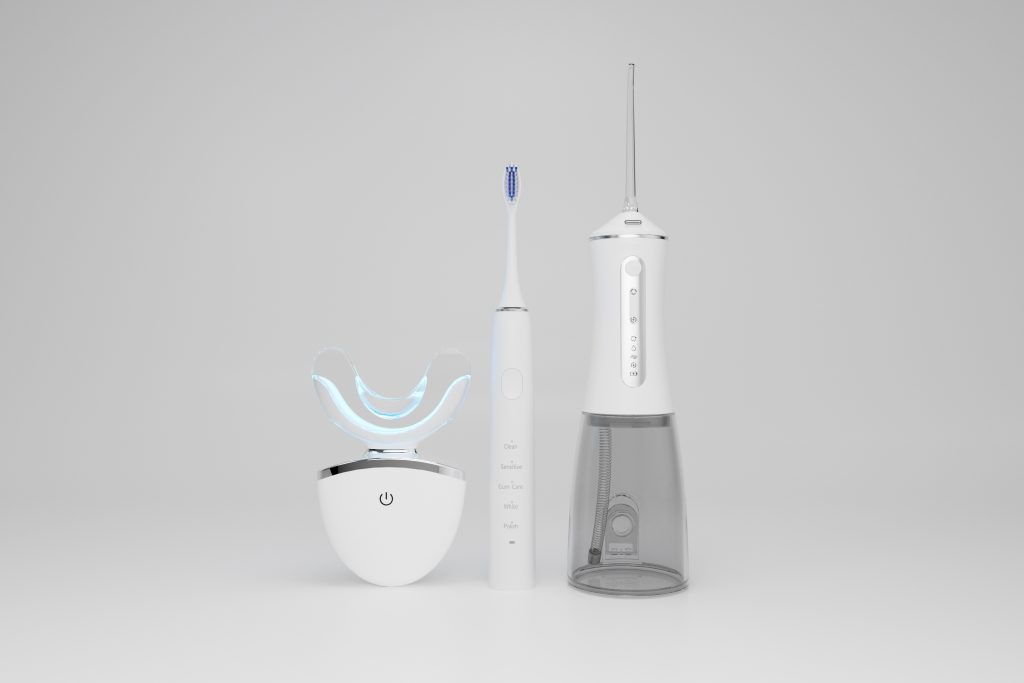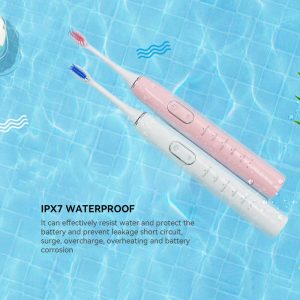In modern electronic devices, even minor issues can lead to significant performance disruptions. Recently, many manufacturers have raised concerns about recurring Button Malfunctions and potential Circuit Shorts occurring within their products. Such issues not only cause erratic behavior in user interfaces but can also lead to serious internal failures. In this blog, we will explore the possible connection between button failures and circuit shorts, analyze their underlying causes, and suggest effective strategies to diagnose and resolve these challenges.
Overview: The Impact of Button Malfunctions and Circuit Shorts
Reliable operation of control buttons is a key factor in ensuring that devices perform as expected. When Button Malfunctions occur, users may experience unresponsiveness, erratic behavior, or complete failure of critical functions. Moreover, these malfunctions can sometimes be symptomatic of deeper issues, such as Circuit Shorts, which occur when unintended electrical connections cause current to bypass the normal path. Both issues can lead to premature system failure, increased maintenance costs, and potential safety hazards. Understanding the extent of these problems is the first step toward developing robust solutions.
Understanding Button Malfunctions
Button Malfunctions in electronic devices can manifest as delayed response times, intermittent operation, or total non-functionality. Several factors contribute to these malfunctions:
- Wear and Tear: Frequent use can cause physical degradation of the button mechanism, leading to poor contact.
- Design Flaws: Inadequate design or improper placement of button components can affect performance over time.
- Environmental Factors: Exposure to dust, moisture, or extreme temperatures can accelerate degradation. Monitoring and measuring button responsiveness during quality testing can help pinpoint whether these issues are isolated or indicative of broader system problems.
Company Web: https://www.powsmart.com/product/electric-toothbrush/
Exploring the Root Causes of Circuit Shorts
Circuit Shorts are critical failures where unwanted electrical connections cause current to flow along unintended pathways. The most common causes include:
- Component Overstress: Overvoltage or overheating can damage components, leading to short circuits.
- Insulation Failure: Poor quality or deteriorated insulation may allow conductive elements to contact each other.
- Manufacturing Defects: Inconsistent soldering or assembly errors during production can introduce defects that manifest as circuit shorts. Regularly inspecting internal circuitry and employing advanced testing methods can help detect early signs of potential shorts before they escalate.
Interconnection Between Button Malfunctions and Circuit Shorts
Button issues and circuit shorts often share common underlying factors. For instance, when a button mechanism begins to fail due to wear or environmental exposure, it can create poor contact conditions that may lead to sporadic electrical arcing. Such arcing can damage the surrounding circuitry, eventually causing a short. Conversely, the presence of a circuit short can cause a sudden surge of current that disrupts the normal function of buttons, leading to malfunctions. Recognizing this interrelationship allows manufacturers to adopt a holistic approach to troubleshooting and maintenance.
Diagnostic Techniques and Troubleshooting Strategies
To effectively address these issues, it is crucial to employ comprehensive diagnostic methods:
- Automated Testing: Use automated test systems to simulate prolonged button usage and monitor electrical performance, identifying abnormal patterns.
- Thermal Imaging: Deploy thermal cameras to detect hotspots indicative of circuit shorts in the area surrounding faulty buttons.
- Continuity and Resistance Checks: Measure electrical continuity and resistance levels to spot issues in wiring or insulation.
- Visual Inspection: Regularly inspect solder joints, connectors, and insulation to catch early signs of material degradation.
- Software Monitoring: Integrate diagnostic software that continuously monitors button response and circuit integrity, allowing for real-time alerts. Together, these techniques can help isolate the source of the malfunction, whether it lies with the button mechanism itself or a deeper circuit issue.
Preventive Measures and Future Innovations
Preventing recurring issues requires both immediate actions and long-term strategies:
- Quality Materials and Design: Invest in high-quality components and design refinements that ensure robust physical and electrical performance.
- Enhanced Manufacturing Protocols: Implement stringent quality controls during production to minimize assembly errors and ensure consistent soldering and insulation.
- Regular Maintenance: Establish a routine maintenance schedule for cleaning, testing, and replacing worn components before they lead to failures.
- User Feedback Integration: Leverage user feedback to identify patterns and trigger early corrective actions.
- Smart Diagnostics: Embrace innovations such as IoT-enabled sensors and AI-driven predictive maintenance systems to monitor the health of buttons and circuits continuously.
- Collaborative Research: Engage in cross-functional research and development partnerships to explore new materials and technologies that further reduce the risk of button malfunctions and circuit shorts. These measures will not only improve current system reliability but also pave the way for future advancements in device durability and performance.
Conclusion
The issues of Button Malfunctions and Circuit Shorts are closely intertwined and can significantly disrupt device performance if not addressed promptly. By understanding their root causes, employing robust diagnostic techniques, and implementing proactive maintenance and design improvements, manufacturers can effectively mitigate these challenges. Continuous innovation and stringent quality control remain critical to ensuring reliable device operation and long-term customer satisfaction.
Interested in optimizing your system’s reliability and preventing potential failures? Contact us today to explore customized solutions designed to enhance product performance and durability.





